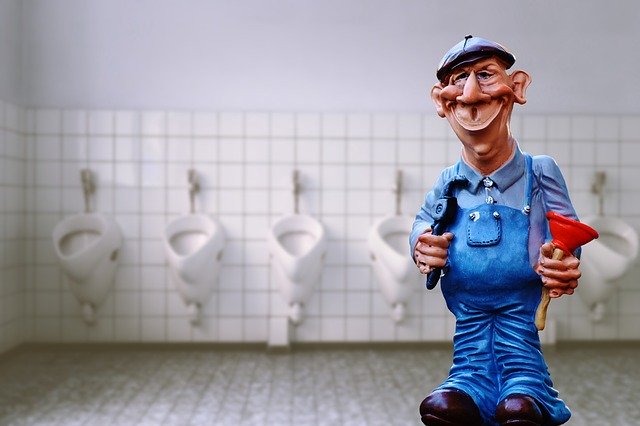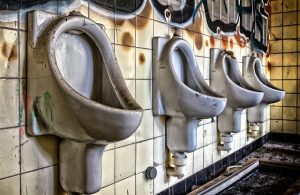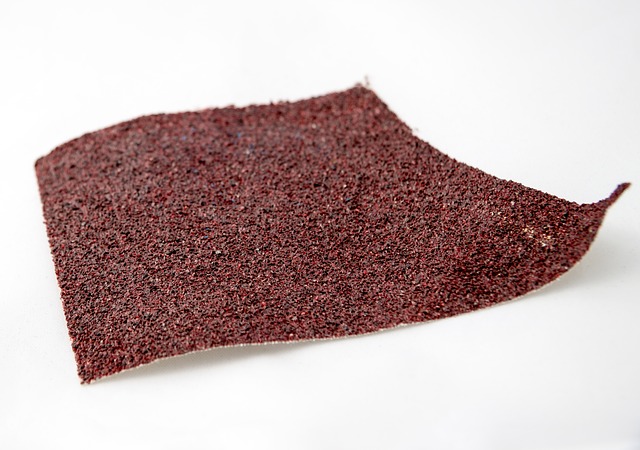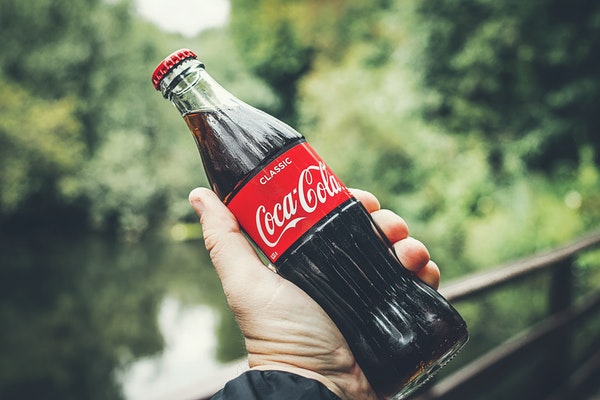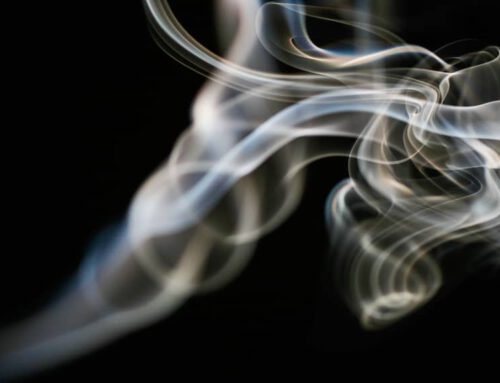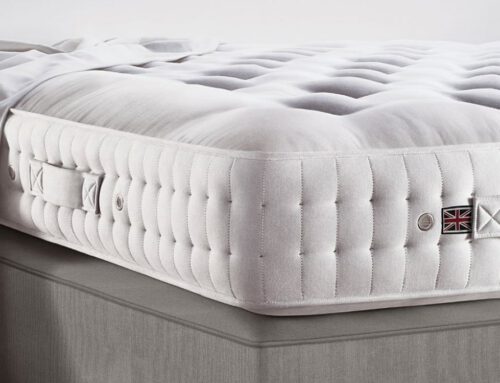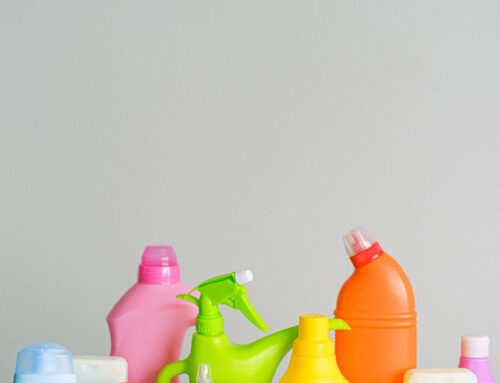When it comes to your throne at home you don’t want to be faced with a limescale-encrusted and stained toilet bowl after a long day. Limescale is a sneaky little devil that can go by unseen for a long time. But there comes a point when dirt sticks to it like flies to manure making it discoloured and unpleasant to the eye. It’s never pleasant to be confronted by a colourfully stained toilet bowl covered in limescale after a long day at the office.
Read also: DIY All Purpose Cleaner Without Vinegar.
What is Limescale?
Now, we have all seen limescale in our lifetimes, but what is it? Limescale consists mainly of calcium carbonate (CaCO3). It generally builds up in kettles, pipes, boilers, and of course, toilets. It has also been called “hard water”. Dry limescale forms and sticks on surfaces where this “hard water” has evaporated. In addition to being unsightly and hard to clean, it can also be damaging and cause the need for a plumber or even a new loo. It has been known to impair all kinds of plumbing, electric kettles, coffee machines, etc. They tend to vary in a range of colours, such as whites, light browns, reddish browns, pinkish browns and dark browns.
How to Clean Limescale?
There are many myths going around out there about different DIY methods for cleansing your loo. Don’t waste your time trying the many unorthodox methods floating around the web. If you’re not using bleach the only DIY tricks you should be doing include:
- Vinegar;
- Sandpaper.
Here is our advice on how to proceed with the vinegar trick for descaling your toilet. Though sticking to the usual shelf-bought products is also an option – the highly acidic nature of vinegar achieves a pretty good result.
- Pour 1 litre of vinegar into the toilet bowl. Make sure to pour it evenly around the sides of the bowl;
- Leave to sit at least 3-4 hours;
- Use a good toilet brush, scrubbing brush, or anything with a rough surface that’s good for scrubbing. Scrub the sides of the toilet bowl vigorously while using more vinegar;
- Flush to remove any residue;
- Repeat these steps until your toilet sparkles like new.
If the previous trick didn’t work, it’s time to move on to the slightly more aggressive option – sandpaper. Sandpaper is good for sanding away those extremely stubborn and troublesome spots of limescale. Here are the types of sandpaper we suggest buying from your local hardware shop:
- medium-grain.
- fine-grain.
Here’s the method for a limescale-free toilet:
- Using the medium-grain sandpaper, gently rub the afflicted area;
- Rub until the majority of it is removed. Be careful not to rub too hard – you may scratch the bowl;
- Now get your fine-grain sandpaper and gently buff the area until the last residues of limescale are gone;
- Clean the toilet as you normally would – and you should have a sparkling bowl beneath your home throne!
Myths to Avoid when Cleaning Limescale from Toilets
As we said above, it’s best to stick to commercial products, vinegar and sandpaper. There are many myths going around about cleaning your toilet bowl. Now, feel free to experiment, but we’ve come across a few which we strongly advise against. Some can end up staining and damaging your toilet even more, while not even putting a dent in the limescale problem. Here are the things you should definitely avoid:
- Coca-Cola – this is a big no-no. Not only does the colouring in it stain the limescale, but the high content of sugar in it will attract bacteria.
- Bleach – while being good for lightening the unpleasant colour on the limescale, it doesn’t actually break it down. What happens is you end up with nearly invisible limescale that still creates the damage factor.

